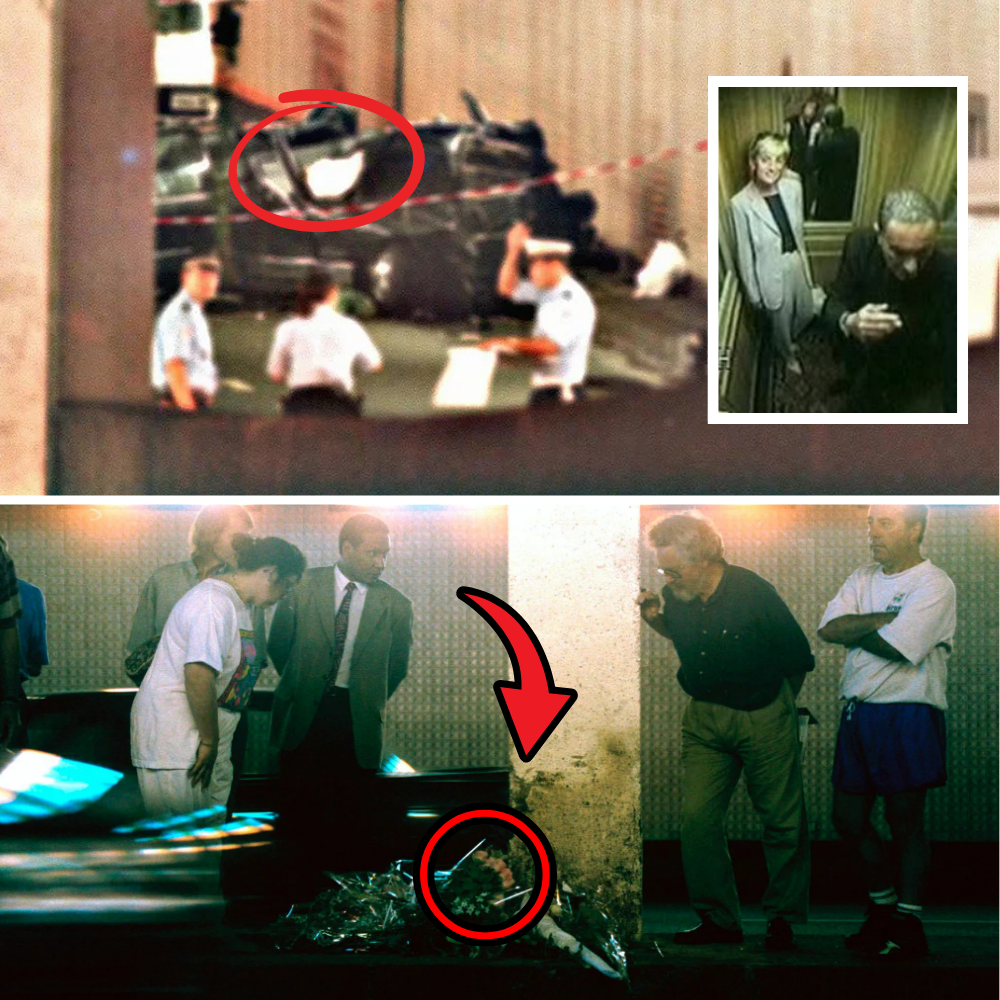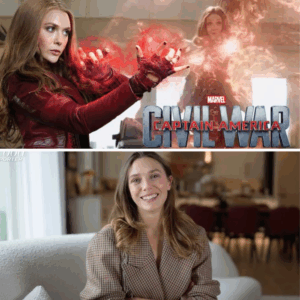
Paris, August 31, 1997 – the night the world lost its “People’s Princess.” Official inquiries, including Britain’s 2008 inquest and France’s 1999 investigation, pinpoint one irreversible chain of events triggered by a single impulsive decision inside the gilded walls of the Ritz Hotel. Mohamed Al-Fayed, Dodi’s father and owner of the Ritz, had orchestrated a decoy operation: two Range Rovers and a backup Mercedes waited at the front to fool paparazzi. Yet, at the last moment, Dodi overruled the plan.
Security footage and staff testimonies confirm Dodi instructed bodyguard Trevor Rees-Jones to summon Henri Paul – the acting head of security who had already clocked off and consumed at least two Ricard pastis shots at a nearby bar – back to the hotel. Paul’s blood-alcohol level later registered 0.174%, over three times France’s legal limit of 0.05%. Toxicology reports also detected trace antidepressants and anti-anxiety medication, though experts debated their impact on motor skills.
The revised escape route abandoned the armored convoy for a single unarmored Mercedes S280. Diana, exhausted from a day of flashing cameras, slid into the rear left seat without fastening her seatbelt – a habit she rarely followed in the back. Dodi took the right rear; Rees-Jones, the only survivor, buckled up in front. Paul floored the accelerator, hitting 65–70 mph in the 30-mph Pont de l’Alma tunnel. Dash-cam reconstructions show the car clipping a Fiat Uno (never conclusively identified) before slamming into the 13th pillar at 60+ mph.

Impact physics were merciless. The Mercedes crumpled like foil; the rear compartment compressed by 60 cm. Rees-Jones, restrained and airbag-protected, suffered massive facial injuries but lived. Diana, Dodi, and Paul were ejected internally against the cabin’s rigid structure. Autopsy photos reveal Diana’s pulmonary vein tore from her heart – a deceleration injury almost exclusive to unrestrained passengers. Had she worn the belt, medics testified, survival odds exceeded 80%.
Investigators ruled out mechanical failure; tires were new, brakes functional. No evidence supported persistent conspiracy claims of MI6 lasers or staged collisions. The Fiat’s white paint on the Mercedes and a fleeting witness sighting of a “bright flash” fueled speculation, yet forensic analysis traced the paint to a 1980s model common across Europe.
Henri Paul’s recall remains the pivot. Ritz bartenders confirmed he downed drinks between 10:07 p.m. and 12:20 a.m. Yet Dodi, sensing paparazzi closing in, demanded immediate departure at 12:19 a.m. Paul sprinted back, breath reeking of anise, and took the wheel 12 minutes later. CCTV shows him boasting to photographers, “You won’t catch us.”
Twenty-seven years later, the tunnel pillar bears faded flowers. The inquest’s 832-page verdict stands: unlawful killing by “grossly negligent driving” and paparazzi pursuit. Still, one lingering question haunts royal watchers – if Dodi had stuck to the original decoy plan and kept the sober chauffeur, would Diana have celebrated her 37th birthday in peace? The answer lies buried with the Mercedes wreckage, sold for scrap in 2009.





